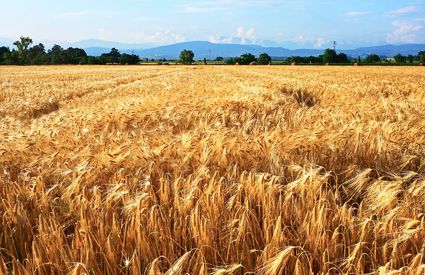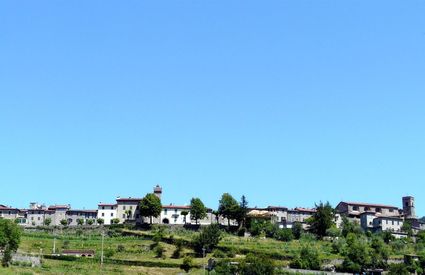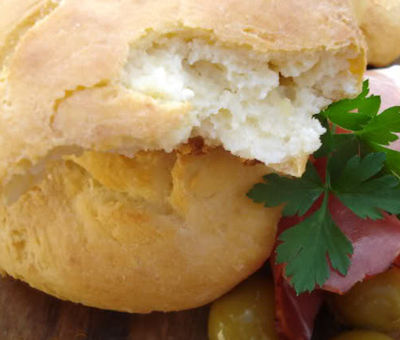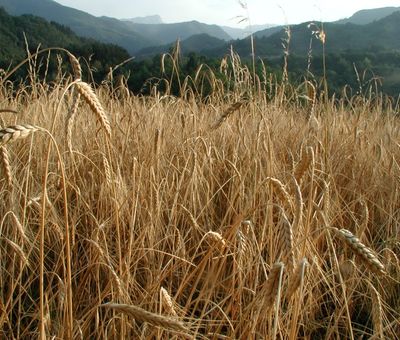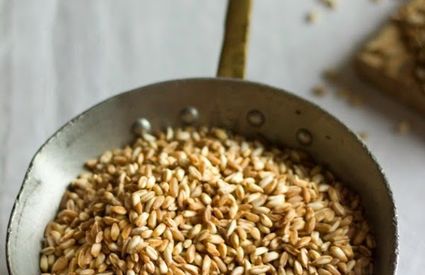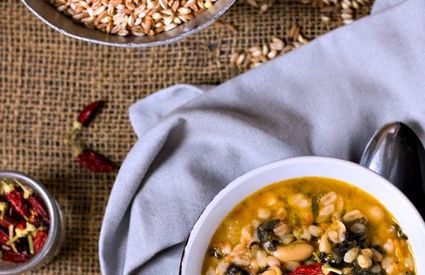A different life
The most primitive of grains, it was cited in both the Bible and by Herodotus. Archaeologists believe it came from the fertile crescent situated between Assyria and Egypt, farmed in the cradle of civilization. The Greeks rejected barley in favour of wheat. In Italy it arrived in the 5th century BCE, and was the favoured food of the Etruscans, whereas the Romans ground it to make polenta. Sacred to the cult of Ceres, wheat was used to pay soldiers and was the traditional gift of the bride to her husband on their wedding day. Un-yeasted focaccia made of wheat, the libum, was also a traditional present given on the Roman new year.
A difficult descent, and a revival
It’s true, with the passing of centuries, that wheat gave way to other grains, its farmed lands were reduced and became increasingly confined to the arduous mountainsides. Fewer and fewer remained, with some fields among the Umbrian hills and those of Le Marche, but especially between the Garfagnana mountains.
What most didn’t predict is that its course was destined to be yet again reinvented. After the war, the restaurant owners of Lucca kept buying ever more wheat. This novelty spread by word of mouth and infected lovers of cuisine and the first tourists who crossed once again the Serchio river in search of the legendary soup. It became evident that you could somehow make use of the wheat; perhaps even hope in the rebirth across all our land. Few had sold their lands in these parts, even those that had left for America had kept hold of them, and many at this point began to imitate my grandfather and farm the grain which had remained hidden between the gorge of our valleys.


